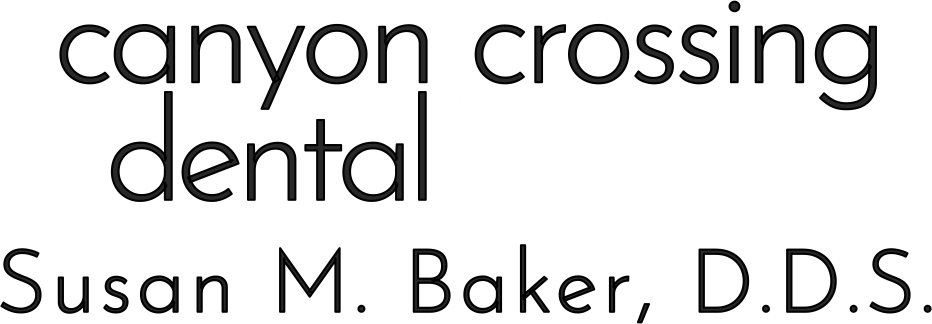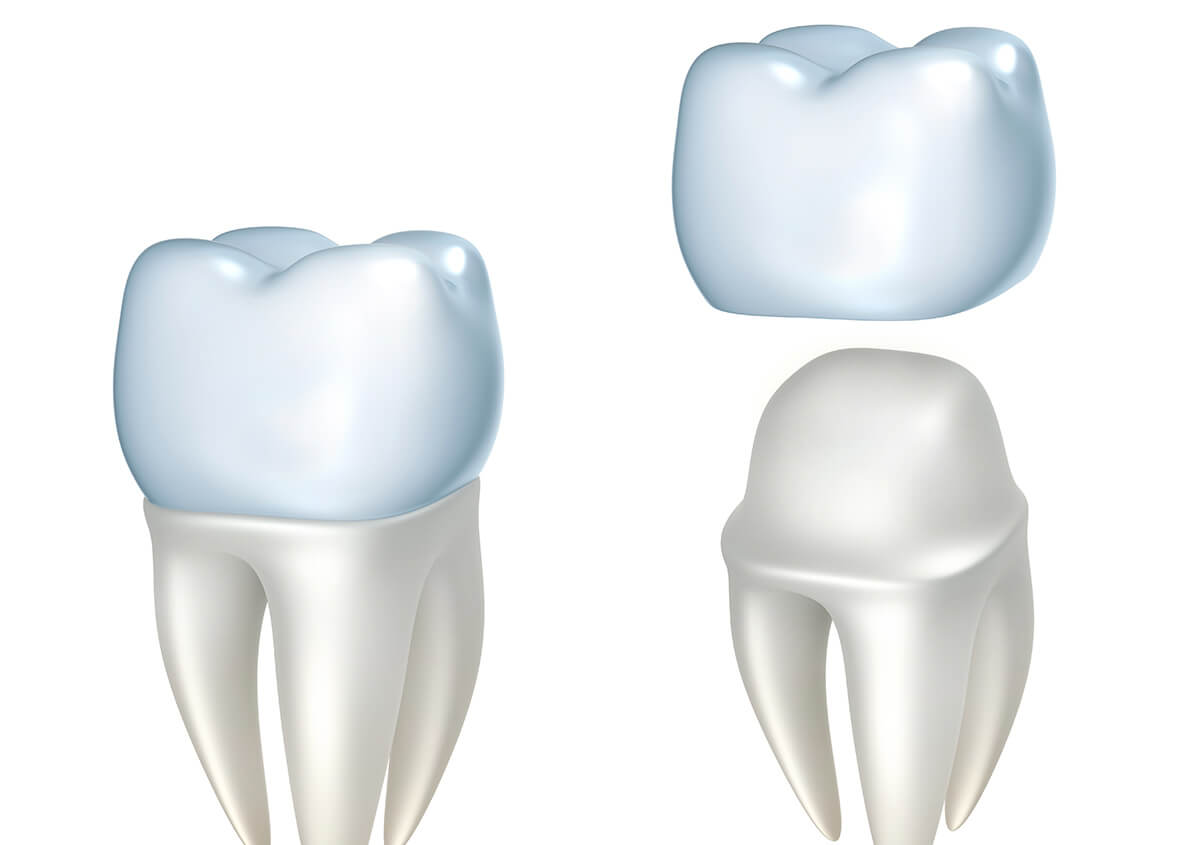The versatility of quality dental crowns to beautify, repair, and replace teeth!
It has been our great privilege at Canyon Crossing Dental to restore so many St. George, Utah area smiles back to health, function, and an appearance that exudes confidence and pride! Dental crowns are the secret behind many of these dramatic smile transformations. This standard treatment is incredibly versatile. When in the hands of our experienced and talented dentist, Dr. Susan Baker, it has numerous cosmetic and restorative dentistry applications. Crown treatment is a feasible way to rebuild and preserve a tooth or even replace a tooth extracted or otherwise irreparably damaged! It can even be used to treat complex cosmetic cases – those teeth that are not good candidates for procedures such as professional teeth whitening, dental bonding, and porcelain veneers.
Introducing … crowns!
Natural crowns present the visible, white part of the teeth that is present above the gum line. Crowns may be susceptible to damage due to a variety of conditions, not limited to:
- Enamel erosion
- Tooth decay
- Wear and tear
- Chronic teeth grinding (bruxism)
- Trauma
- Dental injuries
- Chips
- Fractures
- Advanced gum disease
When these and other conditions arise and damage the structure or appearance of the natural crown, Dr. Baker can, fortunately, rebuild this part of the tooth. She uses dental materials such as ceramics (like porcelain) or metals (like gold) to construct the crown. Once the dental crown has been shaped and made, it is applied to the natural tooth. The natural tooth is thoroughly sterilized and reshaped if diseased or damaged tissue is present. That way, the new crown gets a “second chance,” and it also fits properly over the tooth. Lastly, the crown is secured to the tooth. Smile!
What to expect from the crowns process
Like each patient that we care for, the crowns experience is unique. Treatment can vary considerably on the condition to be treated or resolved. If the tooth has superficial imperfections, such as a poor shape, the dental crown (or “cap”) can largely be placed on top of the tooth. If the tooth has sustained damage, the decayed tissues must be removed. For severe inflammation or infection at the center of the tooth, the crown follows root canal therapy. Crowns may also be used to replace teeth. For instance, Dr. Baker can connect a crown to a dental implant secured in the jawbone. The implant, then, effectively “roots” or stabilizes the crown in the jaw. Crowns can also be used to make conventional dental bridges. The teeth that are neighbors to at least one replacement tooth must be “crowned.” In turn, they anchor or support the replacement teeth.
We welcome your call!
Contact Canyon Crossing Dental at (435) 344-4445 with questions or schedule an appointment with Dr. Baker. During your visit, she can go over many different treatment considerations, including potential alternatives (like fillings, inlays, and onlays), as well as the pros and cons of various dental materials used to build crowns.


